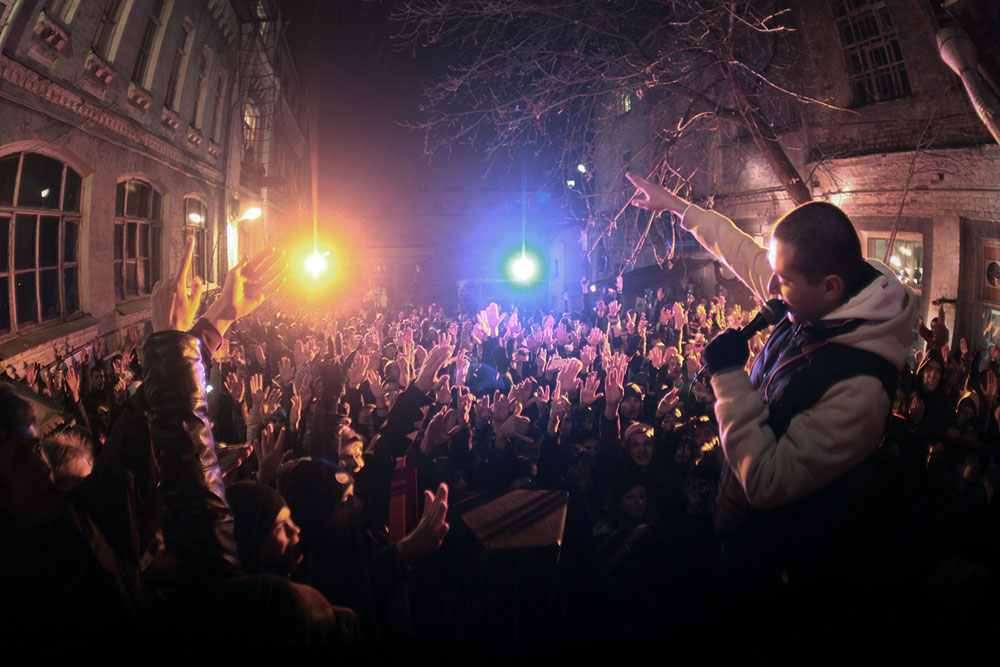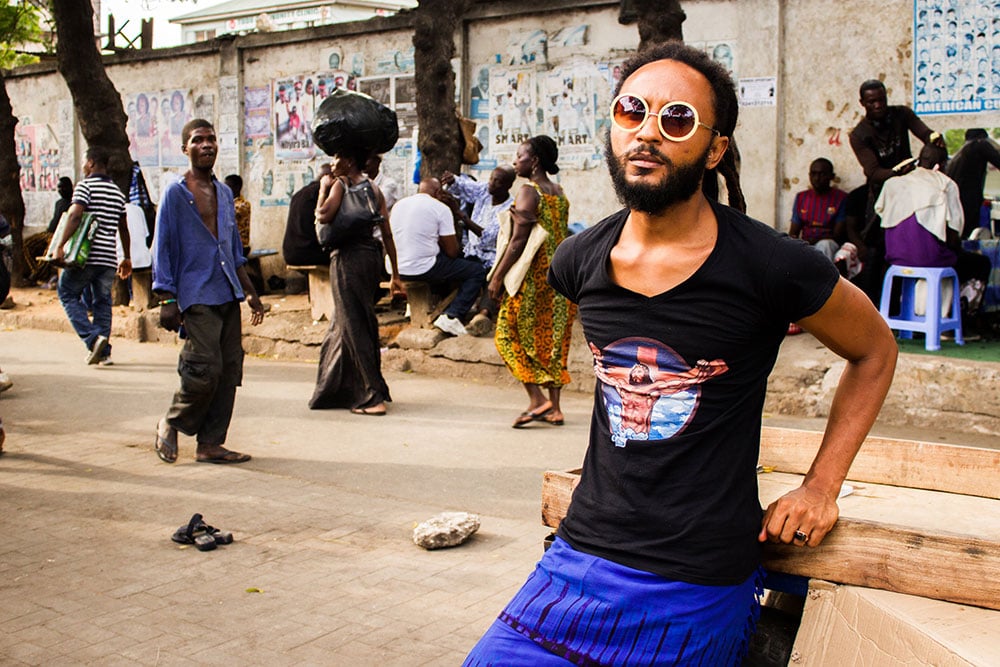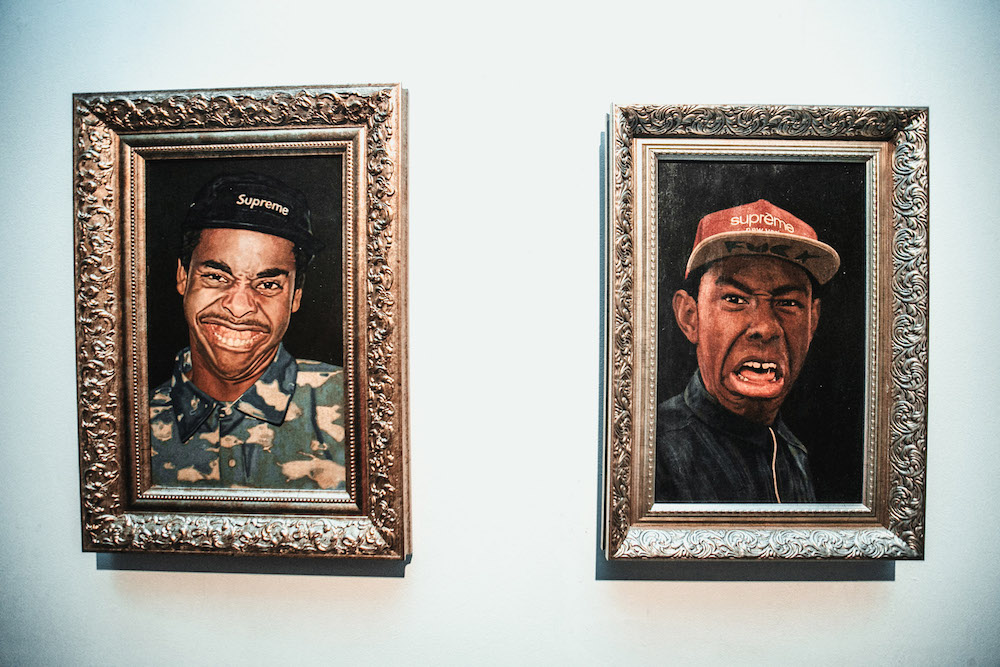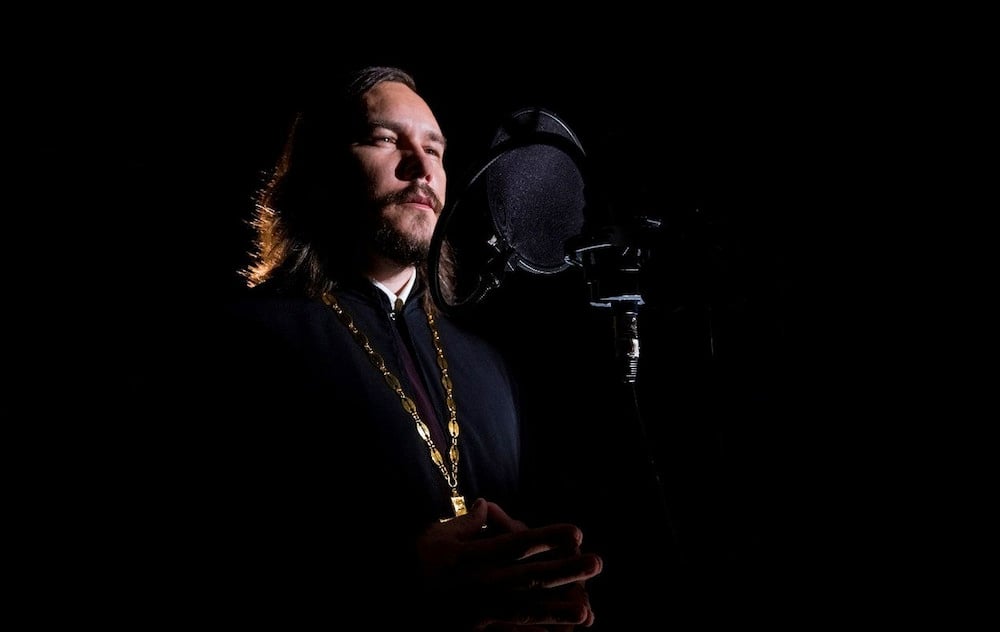That’s a rap: your FAQ on the extraordinary rise of Russian hip-hop

In the last decade, Russian rap has burgeoned from a niche musical genre loved by Russian teenagers to one that's quickly become a fixture in the mainstream, too. Sasha Raspopina answers the FAQ on exactly why Russian rap is taking the country by storm
Russians are losing their heads over hip-hop, whether it’s from a self-proclaimed “Russky cockney” from East London or a young trap star from a village in Kazakhstan. And while rapping in Russian may not be a new phenomenon, its recent surge in popularity definitely is. Here’s your FAQ on the situation.
Q: Is hip-hop really that big in Russia?
A: Yes. Tours by musicians like Oxxxymiron and Skriptonit are almost always sold out weeks in advance, even in smaller towns around the country — a rare situation for Russia. Afisha, like other popular sites, penned an article entitled Moscow Intellectuals Are Discovering Oxxxymiron, and music critics and journalists produce adoring reviews, some even calling the genre “a hope for Russian literature and music”. Rap battles are an increasingly popular format, and two of the most popular organisers Versus and #Slovospb hail from St Petersburg, where they gather sizeable crowds for each event. There was a record-breaking battle recently, between Oxxxymiron and ST, that garnered over six million views on YouTube in the first 72 hours, and over 10 million in two weeks. It even broke the previous international record for YouTube views for rap battles, according to HipHopDX.
Q: Who are the biggest stars?
A: Even though the scene is booming and new musicians are appearing all the time, there are several artists who have formed the core of the scene. One of them is Oxxxymiron, real name Miron Fedorov, who is perhaps one of the most famous performers in Russian rap: his shows are consistently sold out, the host of a late night talk show on Russia’s most popular TV channel Channel One (Perviy Kanal) sings his praises, and music critics and bloggers confess online that they discovered Russian hip-hop through him, admiring his elaborate lyrics.
Oxxxymiron performing In Shit (V Govne), live in October 2014
Oxxxymiron’s personal history is also quite curious: born in St Petersburg, he moved to London with his parents and studied at Oxford University before dropping out. The struggles of a highly ambitious immigrant who feels like he doesn’t belong anywhere became a frequent theme for his tracks. That is, until his last album Gorgorod. Branded the first conceptual album in Russian rap, Gorgorod tells the story of a writer rethinking his role in the society of a fictional town.
Krovostok is another public favourite: a group of intellectuals from Moscow who perform what is usually described as “lyrical gangsta rap”. They gained even more recognition and publicity last year after a regional court appealed to censors to ban the group’s lyrics for inciting “antisocial and negative behaviour”.
The only other instance where underground went mainstream with a similar bang was the Russian rock scene during perestroika
Scriptonite, real name Adil Jalelov, is a performer from Kazakhstan and stands as another one of Russia’s most highly praised rappers — his 2015 album House With Normal Activity has been hailed as one of the best Russian albums of the year by publications including Afisha, Rap.ru, and The Flow, a Moscow-based hip-hop magazine. In fact, the only album that has beaten House With Normal Activity in the Russian iTunes charts was Adele’s 25 — a record that topped nearly every international chart imaginable.
Scriptonite performing It’s Love (Eto Lubov)
Other performers to look out for are; Krip-a-Krip hailing from Kupchino, a St Petersburg suburb with a reputation for being a local ghetto; Pharaoh and Dead Dynasty, controversial emo-rap performers of the YungRussia community; and countless young performers brave enough to take part in the Fresh Blood series of Versus battles.
Q: Why is it a big deal?
A: The mainstream popularity of Russian hip-hop might not be exactly new — the band Malchishnik was the first one to bring attention to the genre in the early 1990s, followed by Russian MTV which brought several artists like Detsl and Delphin from Malchishnik to fame in the late 90s and early 00s. But the current phenomenon is distinctive because of its indie origins: there are no major labels involved in production or promotion, and almost all the companies involved are run by young people from a tight-knit community. The internet and social media play a big role in promotion, too. In fact, in Russia’s modern history there’s only one other instance where underground went mainstream with a similar bang — the Russian rock scene during perestroika.
Q: What about the audience?
A: As it goes with comparatively new music genres, teenagers make up the majority of the audience for Russian hip-hop performers. Nevertheless, as the genre entered the realm of mainstream music and got more and more shout-outs from music critics and journalists, a more diverse and grown-up audience emerged, so now it’s gone beyond any single sociological group.
Oxxxymiron’s track Russky Cockney is a Russian-to-cockney phrase book and a warning to those who carry an idealistic view of London
Some artists have a fair share of women and girls in the audience, like Oxxxymiron, sometimes made fun of by his rap battle opponents who accuse him of writing “songs for teenage girls”. His defenders claim that writing complex emotional music does not mean it’s for teenage girls.
Q: What are the songs about?
A: Most of the time the general themes aren’t that different from global hip-hop, only with certain cultural and geographical adjustments. A lot of Scriptonite’s songs are about relationships, and are often quite explicit, whereas Krovostok explores stereotypical criminal themes, applied to a Russian reality. Oxxxymiron’s albums cover a greater scope of topics: there’s the alienation of an immigrant: “I’m an outcast everywhere and I hate everyone the same / Nationality is too human”; “The fate’s been throwing me like skipping stones / And I’m leaving behind little circles of hell”; self-realisation and music rivalry: “You might have stolen / But each one of my tracks create a new genre”, and his track Russky Cockney is simultaneously a Russian-to-cockney phrase book and a warning to those who carry an idealistic view of London. It’s no surprise that he’s a favourite of critics — his second album Gorgorod reads like a novel, and several websites like The Flow held decoding discussions to make sense of the plot lines.
Oxxxymiron – Russky Cockney
Q: Why is it even popular?
A: Hip-hop has finally become the punk rock of a generation — angry, smart and at the same time not afraid to seem unintelligent. The global rise in popularity of the genre has obviously helped, but for a while hip-hop was disregarded in Russia — many criticised the low quality of the MTV brand of rap from 2000s, and its reputation of “songs about wild parties and expensive cars” lingered on for a while. Teenagers were the first to catch on to the fact that there is a niche of smart, angry and authentic hip-hop performers in Russia, and now they are popular in the mainstream, too.
Q: Why are people saying that hip-hop is the hope for literature/music?
A: Young, angry and brave, the genre is also taking up new formats (for the country). The underground origins mean the artists have more room for experimentation and honesty than other mainstream music. Because of heavy reliance on lyrics many even took up literature and semiotic analysis methods and applied them to tracks by certain musicians, mainly Oxxxymiron. Whether or not these hopes will be met remains an open question that will probably be answered only from an historic perspective. But the sole fact that an underground scene broke into the mainstream with these claims is serious business.


